Here’s What DNA Actually Reveals about Viking History
Recent DNA research is changing what we know about the Vikings. Long portrayed as fierce, fair-haired warriors, the study reveals a more diverse and complex reality.
The research shows that Vikings had varied appearances and were involved in cultural exchanges across Europe. This information challenges the traditional image we’ve held for so long.
Vikings Were Not Just Scandinavians
A 2020 DNA study found that Vikings were not exclusively from Scandinavia. Their genetic makeup included influences from Southern Europe and Asia.
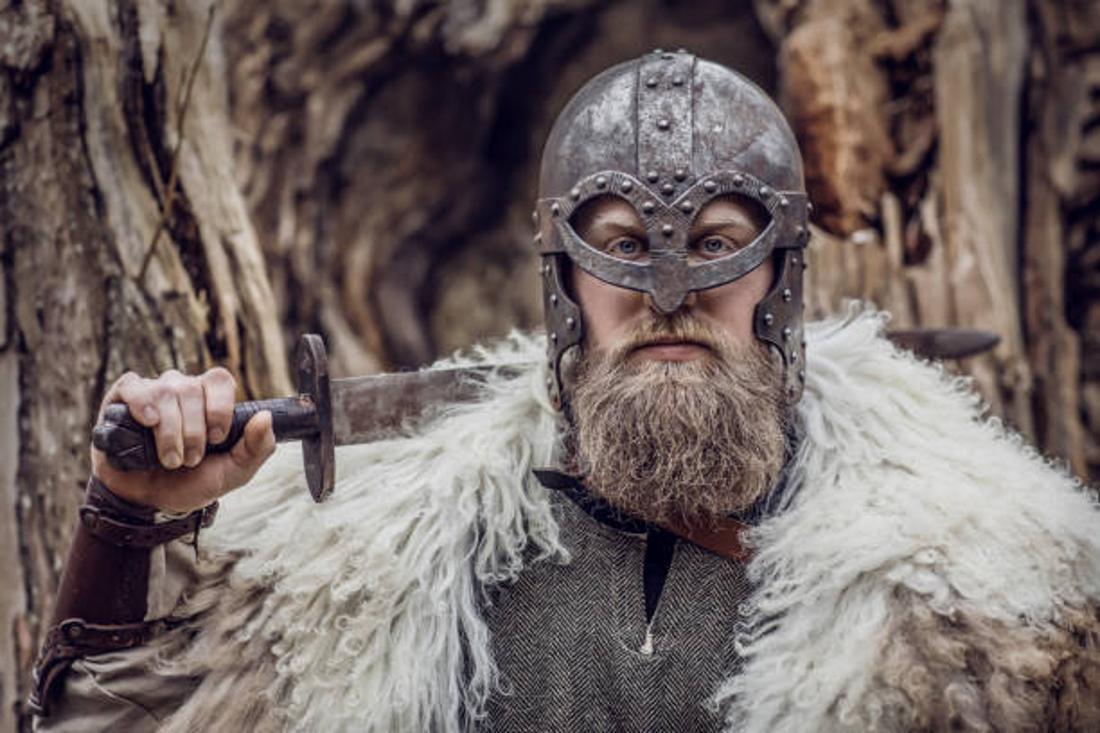
Source: iStock
This surprising discovery shows that Vikings had diverse origins, which challenges the idea that they were a homogenous group of fair-haired, blue-eyed warriors.
Complex Social Structure
Viking society was organized into distinct social classes: Jarls (nobility), Karls (freemen), and Thralls (slaves). This structure allowed them to be adaptable and resilient.

Source: MN Field Trip Library
The presence of non-Scandinavians in Viking burial sites suggests that their society was more inclusive and culturally diverse than previously thought.
Innovative Seafarers
Vikings were known for their exceptional seafaring skills. They built fast, durable ships that allowed them to travel and trade across vast distances.

Source: Viking Style
This innovation made them masters of the sea and enabled them to engage in extensive trading networks, spreading their influence far and wide.
Cultural Integration
The Vikings were not just raiders; they were also traders who integrated with other cultures. Evidence from burial sites indicates that non-Scandinavians were given Viking burials, highlighting their openness to cultural exchange.
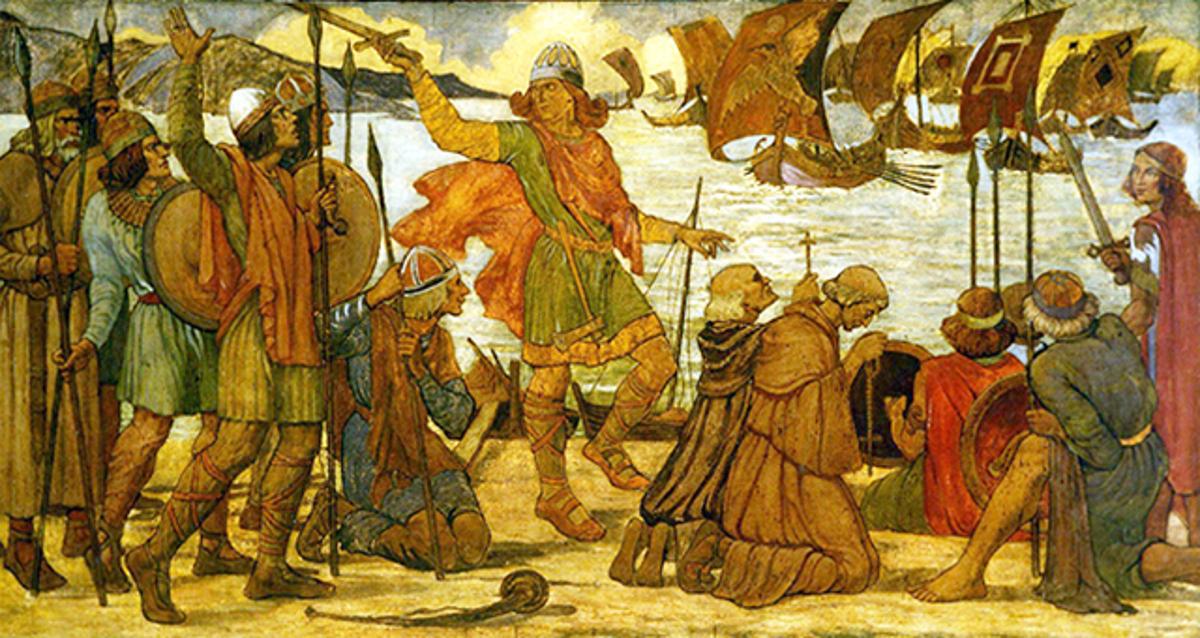
Source: Wikipedia
This aspect of Viking life shows a level of sophistication and adaptability.
Genetic Diversity
DNA from Viking skeletons shows significant genetic diversity. The study, which analyzed remains from various European sites, found that Vikings had mixed ancestry.
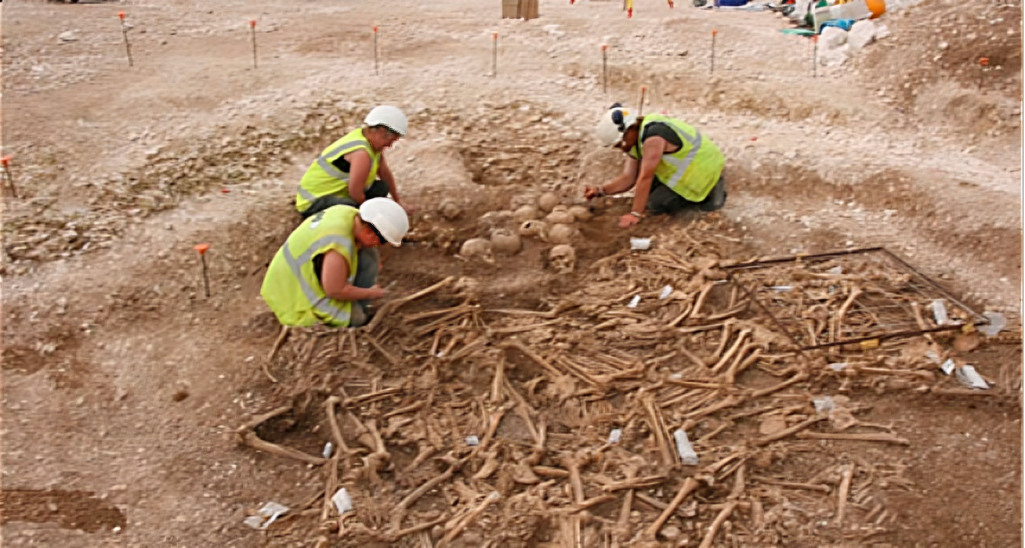
oxfordarch/X
This diversity suggests that they were more integrated with other populations than previously believed, reshaping our understanding of their identity.
Trading and Raiding
Vikings were both traders and raiders. They engaged in trading activities across Europe, which helped them establish connections and influence different regions.

Source: About History
While they are often remembered for their raids, their role as traders was equally important in shaping their history and legacy.
Origins of the Viking Name
The term “Viking” comes from the Old Norse word “Vikingr,” meaning pirate. This term reflects their seafaring nature and their reputation as formidable raiders.
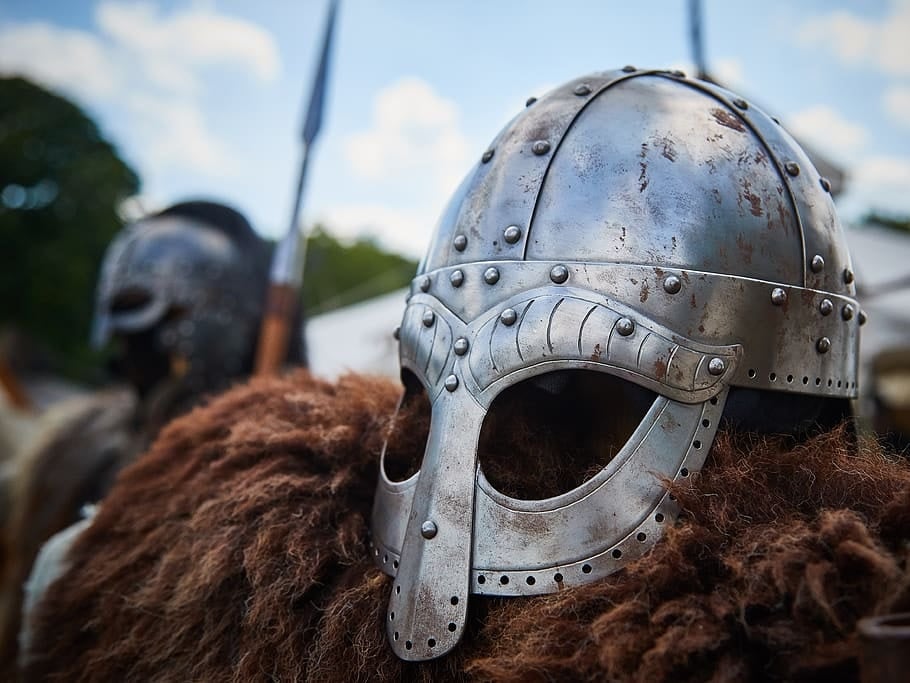
Source: Nation.Cymru
However, the new genetic evidence suggests that their identity was more complex than just being pirates and raiders.
Viking Burials
Viking burial practices were elaborate and varied. High-ranking individuals often received ship burials, where they were laid to rest with their possessions.
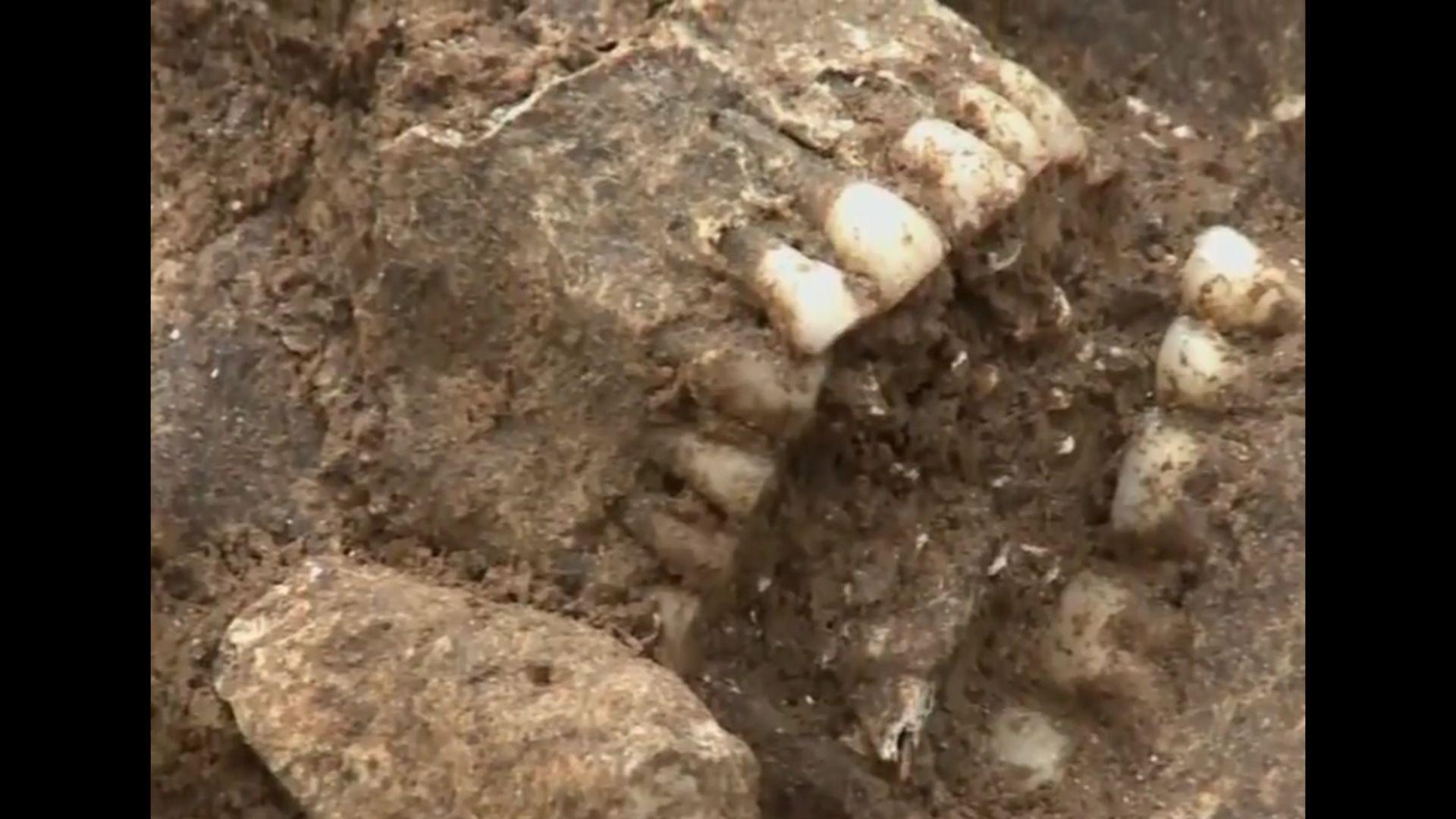
Source: @DidYouKnow/YouTube
The discovery of non-Scandinavian individuals in these burials indicates the Vikings’ cultural inclusivity and the diverse makeup of their society.
Changing Historical Perspectives
The findings from the DNA study require a reevaluation of Viking history. Traditional narratives have focused on their raids and conquests, but evidence highlights their role in cultural exchange and integration.
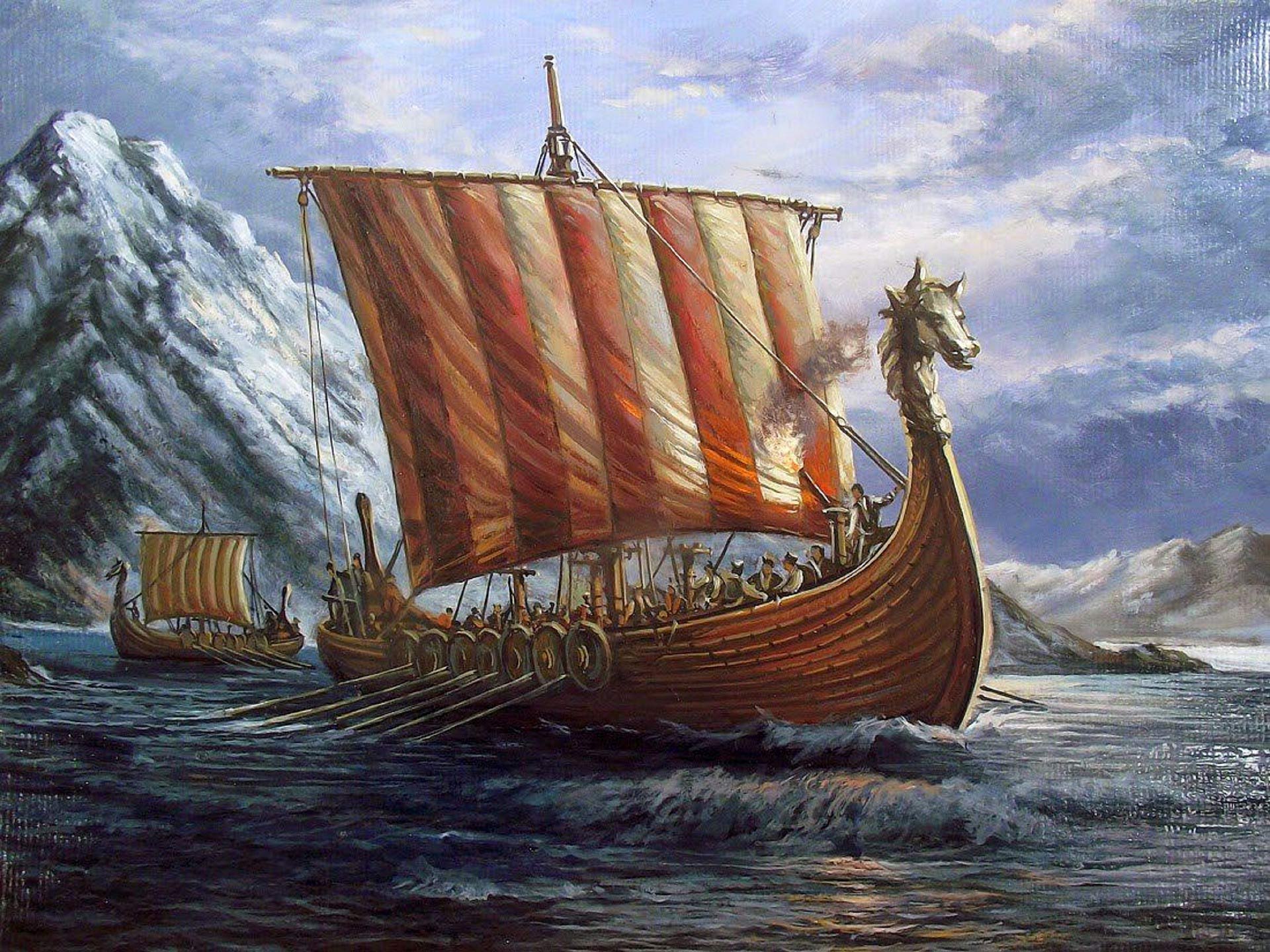
Source: Sci.News
This broader perspective offers a more accurate understanding of their legacy.
Implications for Modern Understanding
The research on Viking genetics provides insights into the benefits of cultural diversity and integration.
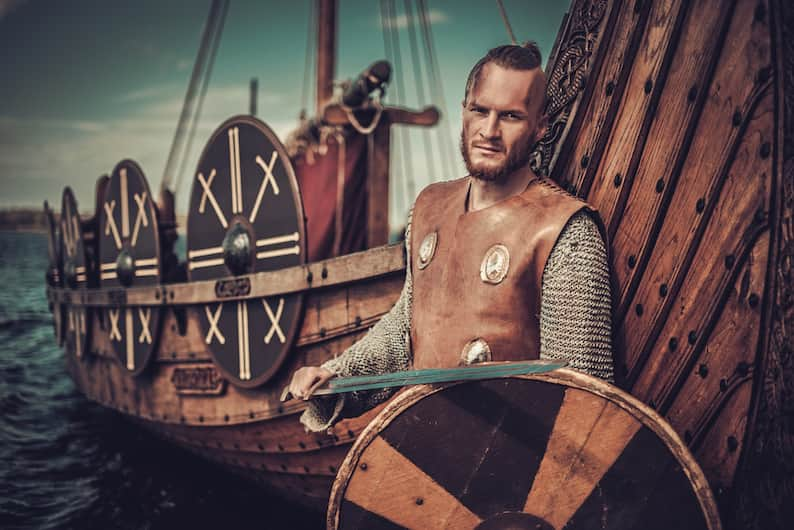
Source: Seek Scandinavia
The Vikings’ ability to assimilate and thrive through genetic and cultural exchange offers valuable lessons for contemporary societies about the importance of diversity.
Updating the Viking Image
With the DNA evidence, it’s time to update how we portray Vikings in media and history books.
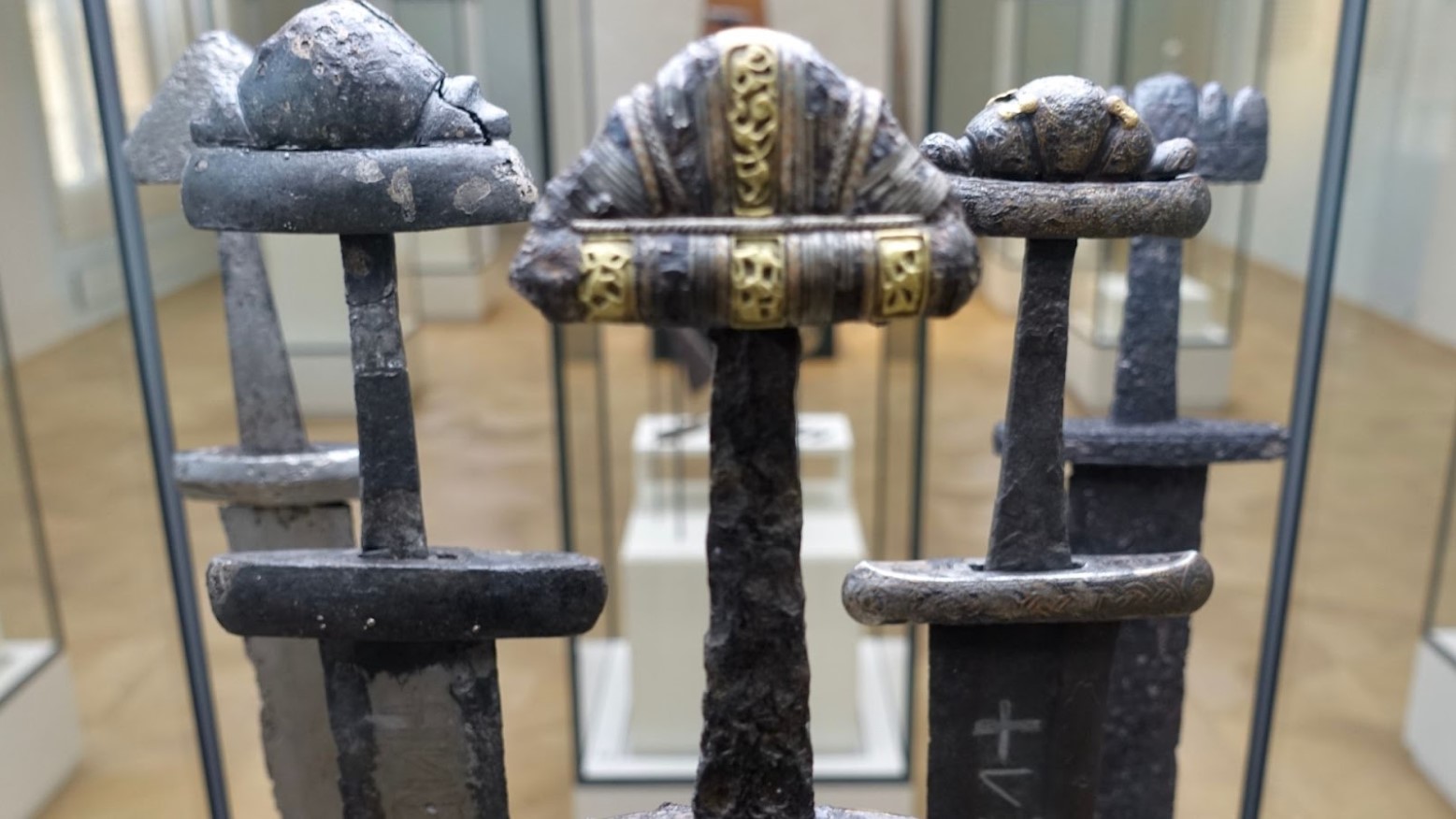
Source: Wolfmann/Wikimedia Commons
They were not just fierce warriors but also innovative, culturally rich, and diverse people. This updated image helps us appreciate the complexity of their society and their contributions to history.
